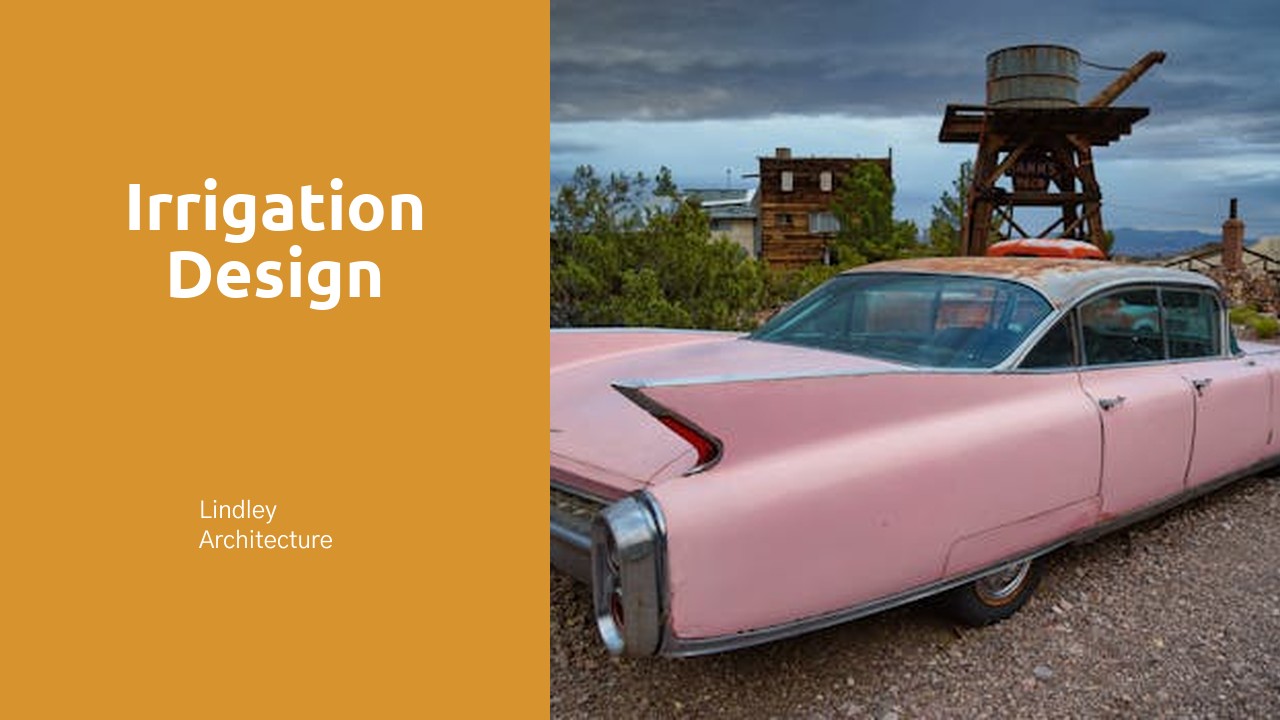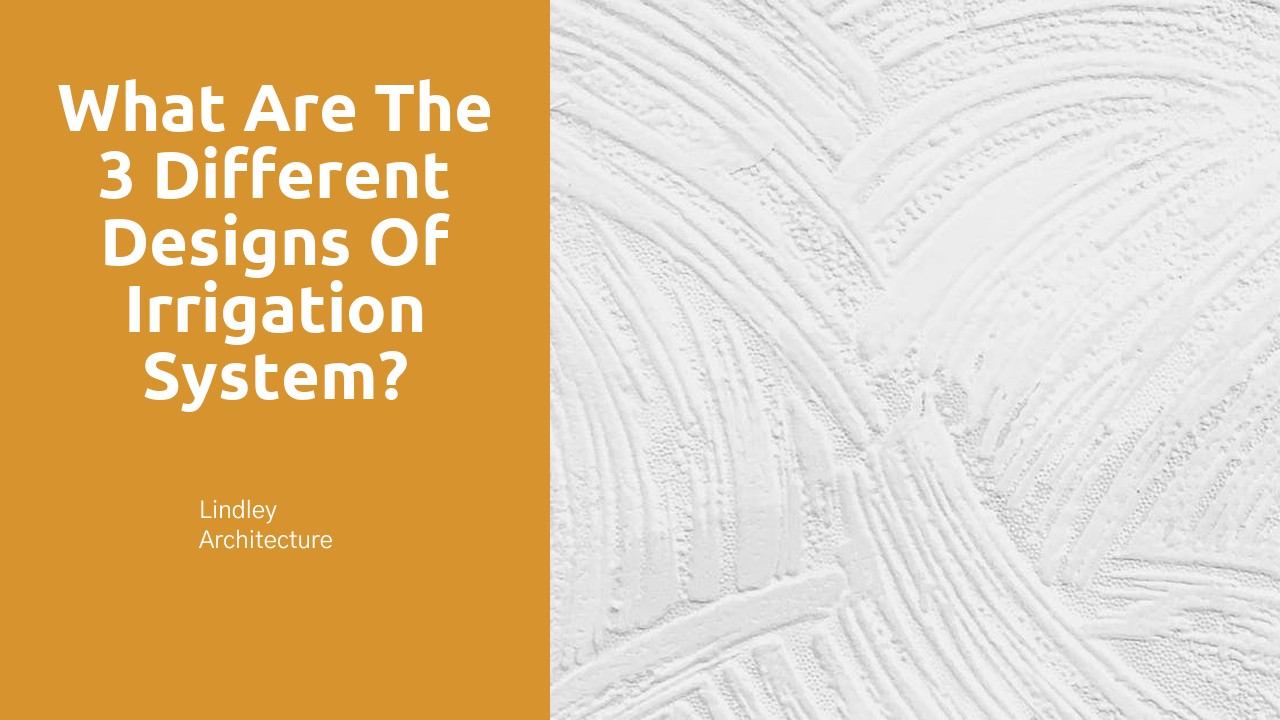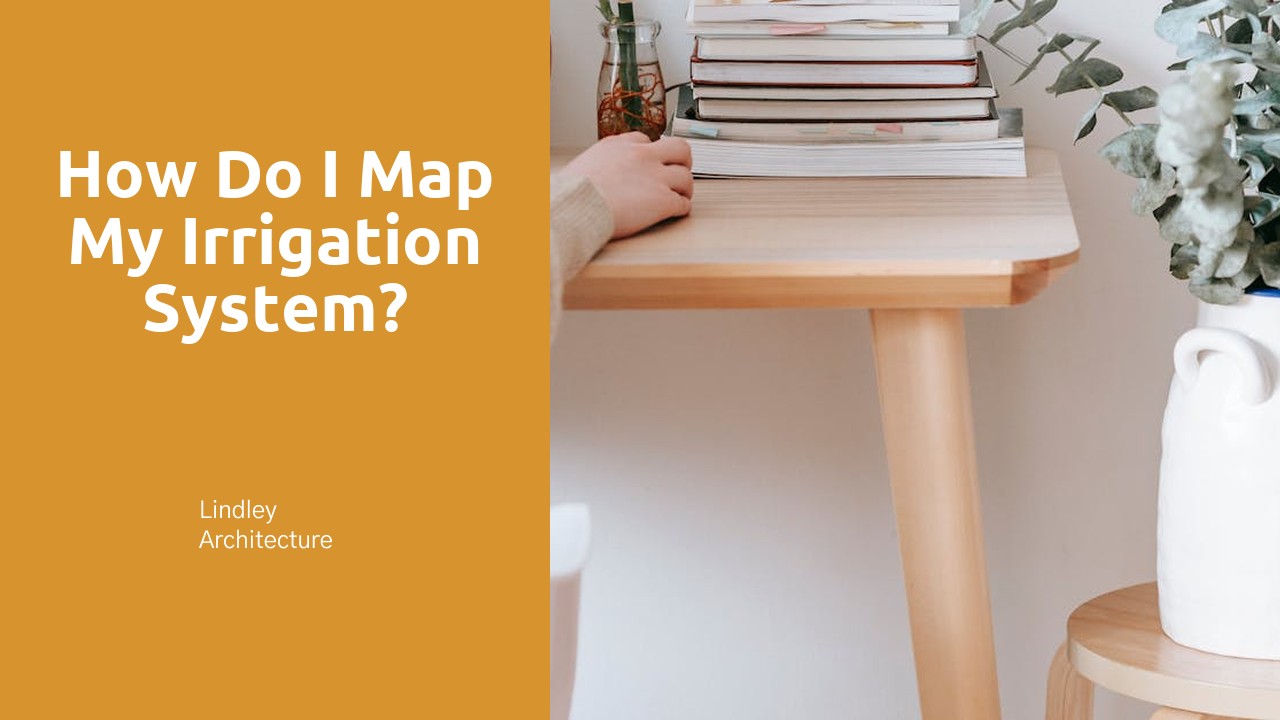
Table Of Contents
Infrastructure and Development
The city of Niagara Falls has experienced significant growth and development in recent years, with a focus on enhancing its infrastructure to support a growing population and thriving economy. From expanding road networks to upgrading public facilities, the city is constantly evolving to meet the needs of its residents and visitors alike. One noteworthy project that highlights the city's commitment to development is the implementation of Irrigation Design in Milton, aimed at improving water management systems and enhancing green spaces throughout the city.
Furthermore, Niagara Falls continues to invest in sustainable development practices, with a strong emphasis on incorporating green technologies and environmentally friendly solutions into its infrastructure projects. By adopting innovative approaches to urban planning and construction, the city is not only enhancing its appeal as a desirable place to live and work but also setting a precedent for other communities looking to balance growth with environmental conservation. Through strategic investments and forward-thinking initiatives, Niagara Falls is poised to continue its trajectory of growth and development while preserving its unique natural beauty for generations to come.
Transportation and Utilities
The transportation network in and around Niagara Falls is well-developed, providing easy access to the falls and surrounding areas. Major highways and thoroughfares connect the region to nearby cities, making travel convenient for both residents and visitors. Additionally, public transportation options such as buses and trains offer efficient ways to get around within the city and beyond.
In terms of utilities, Niagara Falls boasts reliable services for its residents. Electricity, water, and sewage systems are well-maintained, ensuring that the city functions smoothly. Furthermore, efforts have been made to improve sustainability in the region, with initiatives such as renewable energy projects and water conservation programs. Irrigation Design in Saint Catherines plays a crucial role in ensuring that green spaces and agricultural lands receive adequate water supply while promoting environmental stewardship.
Community Life in Niagara Falls
Community life in Niagara Falls is characterized by a strong sense of togetherness and civic pride. Residents often come together to organize community events, such as festivals and farmers markets, that celebrate the local culture and heritage. The town's picturesque surroundings provide the perfect backdrop for outdoor activities, fostering a healthy and active lifestyle among its residents.
Local services and amenities in Niagara Falls cater to the diverse needs of the community, with a focus on enhancing the quality of life for its residents. From recreational facilities like parks and community centres to essential services such as healthcare and education, Niagara Falls offers a wide range of resources to support its growing population. Furthermore, initiatives like Irrigation Design in Saint Catherines demonstrate the town's commitment to sustainable development and environmental conservation, creating a vibrant and resilient community for all to enjoy.
Local Services and Amenities
When it comes to local services and amenities, Niagara Falls boasts a wide range of options to cater to its residents and visitors. From grocery stores and shopping centres to recreational facilities and restaurants, the area provides a diverse selection of offerings. Moreover, the presence of healthcare facilities and schools further enhances the livability of the region, ensuring that essential services are within reach for the community.
One notable service that contributes to the convenience and sustainability of Niagara Falls is Irrigation Design in Saint Catherines. This initiative plays a crucial role in maintaining green spaces and supporting agricultural activities in the area. By focusing on efficient water management and environmental conservation, such services help to uphold the natural beauty and resourcefulness of the region.
Education and Healthcare Facilities
Education and healthcare facilities in Niagara Falls play a crucial role in shaping the overall well-being of the community. The region is equipped with a range of educational institutions, including schools, colleges, and training centers, offering diverse learning opportunities to residents. Furthermore, the presence of well-established healthcare facilities ensures that individuals have access to quality medical services and resources for their well-being. These institutions are pivotal in enhancing the overall quality of life in Niagara Falls and promoting the growth and development of its residents.
Moreover, the focus on education and healthcare in Niagara Falls demonstrates a commitment to providing residents with essential services and amenities to support their livelihoods. The integration of modern technologies and advanced curriculums in schools, along with state-of-the-art medical equipment in healthcare facilities, illustrates a dedication to providing high standards of education and medical care. The emphasis on these facilities not only contributes to the region's growth but also highlights the significance of ensuring sustainable development and well-being through initiatives such as Irrigation Design in Niagara.
Schooling and Medical Services
Schooling in Niagara Falls comprises a range of public and private institutions catering to the educational needs of residents. The city boasts well-equipped elementary, secondary, and post-secondary schools, ensuring a comprehensive education system for students of all ages. With a focus on academic excellence and holistic development, Niagara Falls’ educational facilities aim to prepare the younger generation for a competitive future. Additionally, the presence of specialized programs and extracurricular activities enrich the learning experience, offering students opportunities for personal growth and skill development.
Medical services in Niagara Falls are robust, encompassing a network of healthcare facilities and professionals dedicated to providing quality care to residents. The city is equipped with hospitals, clinics, and specialized medical centers that offer a wide range of services, from routine check-ups to specialized treatments. Patients in Niagara Falls have access to competent healthcare professionals who prioritize patient well-being and offer personalized treatment plans. The city's healthcare infrastructure is constantly evolving, incorporating technological advancements and innovative medical practices to enhance the quality of care available to residents. Irrigation Design in Ottawa
FAQS
Is Niagara Falls considered an urban or rural area?
Niagara Falls is considered to be more of an urban area due to its large population, developed infrastructure, and significant tourist attractions.
What are some key features of the infrastructure and development in Niagara Falls?
Niagara Falls boasts well-developed infrastructure, including modern buildings, roads, bridges, and utilities to support its urban environment.
How is transportation and utilities in Niagara Falls?
Niagara Falls has a robust transportation system with easy access to highways, airports, and public transit. The city also offers reliable utilities such as water, electricity, and waste management services.
What is the community life like in Niagara Falls?
The community in Niagara Falls is vibrant and diverse, with a mix of residents and tourists contributing to a lively atmosphere. There are plenty of recreational activities, events, and cultural amenities to enjoy.
What local services and amenities are available in Niagara Falls?
Niagara Falls offers a wide range of local services and amenities, including shopping centres, restaurants, parks, libraries, and recreational facilities to cater to the needs of its residents and visitors.
How are the education and healthcare facilities in Niagara Falls?
Niagara Falls has quality education institutions and healthcare facilities, providing residents with access to top-notch schools, medical services, and hospitals for their educational and healthcare needs.






